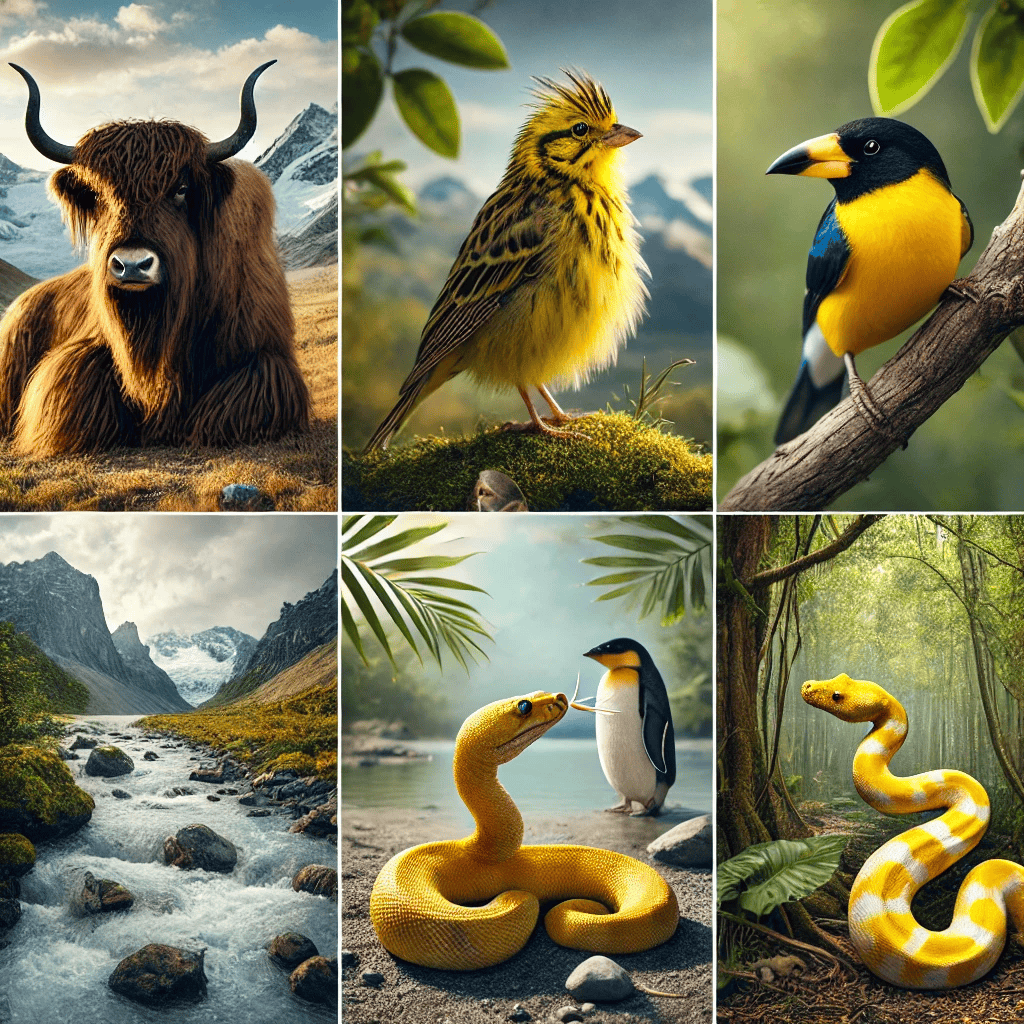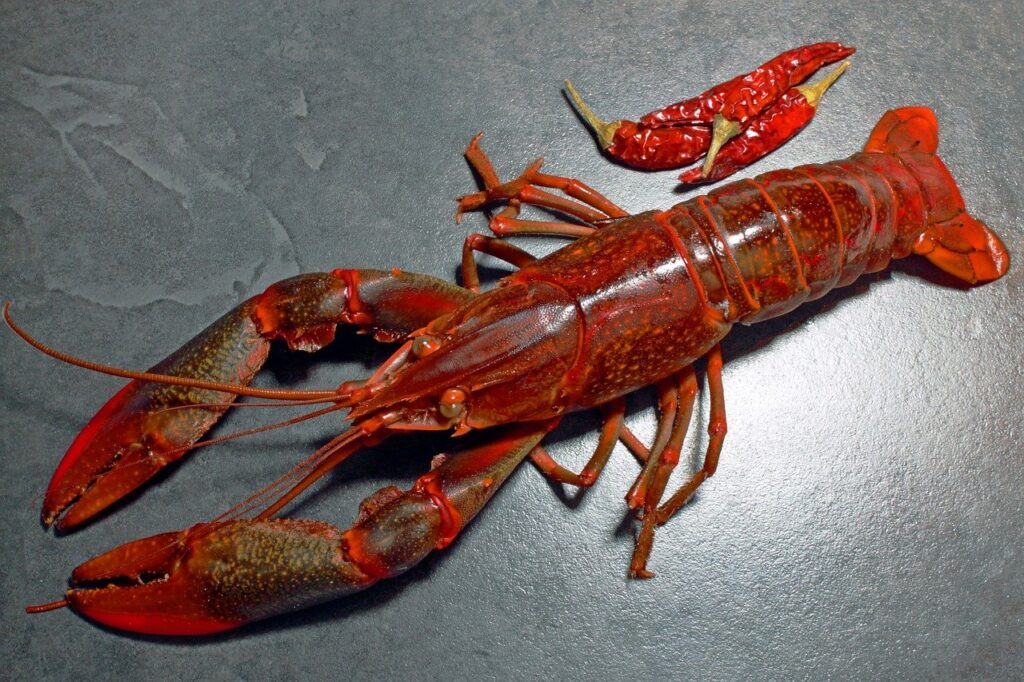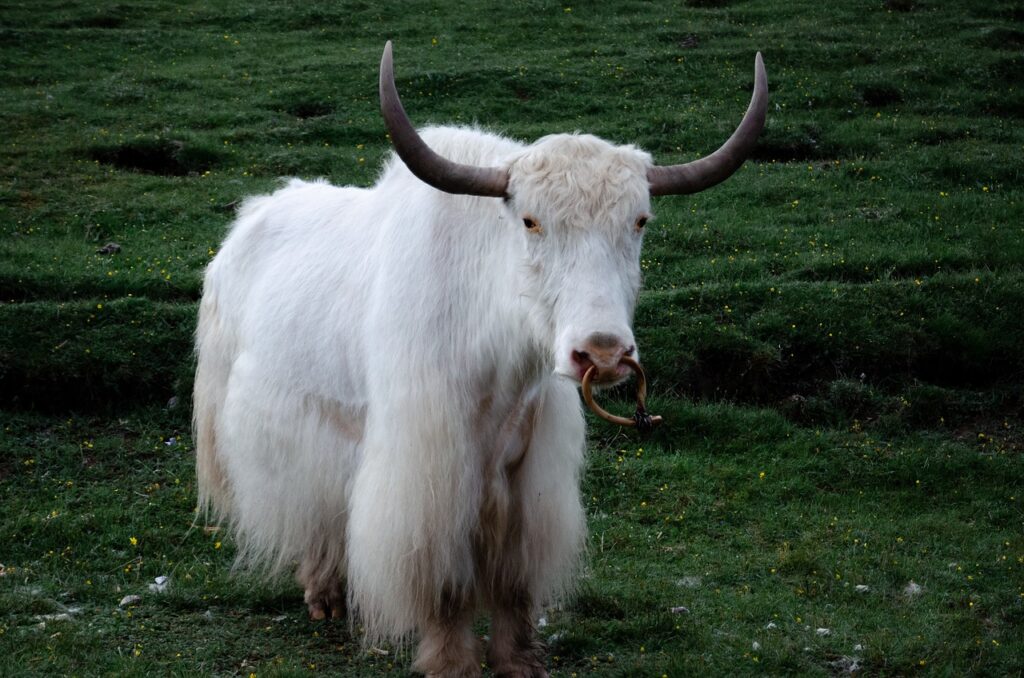Creatures that start with Y live in many spots!
They are tracked down in the Himalayas and somewhere down in the sea. This guide will inform you concerning these astonishing animals and their exceptional qualities.
Welcome to an intriguing exploration of animals with names that begin with “Y.” Each species on this list from the formidable Yak to the elusive Yellowtail – offers a glimpse into Earth’s incredible biodiversity and the unique characteristics that make each animal truly captivating.
Whether you’re a wildlife enthusiast, a student, or simply curious about the natural world, this guide is designed to bring these Y-named creatures to life with engaging insights.

Grand Land Vertebrates
The Yak: A Majestic Survivor of the Himalayas

The Yak is a hardy, long-haired mammal thriving in the rugged terrains of the Himalayas and Tibetan Plateau. Known for its thick fur and ability to withstand freezing temperatures, this majestic animal plays a crucial role in high-altitude ecosystems. Yaks provide milk, wool, and meat to local communities, making them invaluable to Himalayan culture and survival.
Discover fascinating facts about Yak behavior, diet, and their remarkable adaptations to extreme climates. Whether you’re an animal lover or a curious explorer, the Yak’s story is a testament to resilience in nature.
Yellow Mongoose (Cynictis penicillata), Africa’s Agile Burrower!

The Yellow Mongoose (Cynictis penicillata) is a small, carnivorous mammal native to southern Africa’s open grasslands and savannas. Recognizable by its golden-yellow fur and bushy tail, this clever creature is known for its agile movements and social behavior. Living in family groups, Yellow Mongooses are skilled hunters, preying on insects, small rodents, and reptiles.
Fascinated by wildlife? Learn about the Yellow Mongoose’s habitat, diet, and role in its ecosystem. This charismatic mammal is a true gem of Africa’s wildlife!
Yellow-Eyed Penguin: A Rare Jewel of New Zealand

The Yellow-eyed Penguin (Megadyptes antipodes) is one of the rarest and most endangered penguins in the world, native to the coastal forests of New Zealand. Known for its striking pale yellow eyes, this solitary seabird is a true symbol of New Zealand’s unique wildlife. Preferring the isolation of dense forests and remote beaches, Yellow-eyed Penguins are shy and elusive, making sightings a special treat for nature enthusiasts.
Learn more about the Yellow-eyed Penguin’s habitat, behavior, and conservation efforts to protect this incredible species.
What Is a Yabby? All About This Iconic Australian Creature

The Yabby (Cherax destructor) is a freshwater crustacean native to Australia, commonly found in rivers, lakes, and ponds. Known for its vibrant blue or green exoskeleton, the Yabby is often mistaken for a small lobster. It plays a crucial role in the ecosystem by scavenging debris and maintaining water quality.
Yabbies are not only important to the environment but also hold cultural and culinary significance in Australia. They’re often harvested for food and are a popular delicacy in Australian cuisine. These fascinating creatures are also known for their ability to regenerate lost limbs, showcasing their remarkable survival skills.
Curious about how Yabbies live, breed, and contribute to the ecosystem? Dive into the world of this iconic Australian species!
Additional Y-Named Species and Their Fascinating Features
Discovering More Y-Named Wildlife
Yellow-Bellied Sapsucker (Sphyrapicus varius)
This distinctive woodpecker species showcases nature’s incredible adaptations. Known for its unique feeding behavior, the yellow-bellied sapsucker creates systematic rows of holes in tree bark to harvest sap and capture insects. These remarkable birds play a crucial role in forest ecosystems by:
- Creating sap wells that benefit other wildlife species
- Contributing to natural tree pruning processes
- Controlling insect populations in woodland areas
- Providing nesting cavities for other bird species
Yellow-Spotted Salamander (Ambystoma maculatum)
A fascinating amphibian that exemplifies the diversity of Y-named creatures, this salamander species features:
- Distinctive yellow spots on a dark background
- Length ranging from 6-10 inches (15-25 cm)
- Nocturnal hunting behavior
- Complex breeding migrations
- Unique chemical defenses against predators
Habitat Diversity and Adaptation
Yellow Ring Angelfish (Pomacanthus annularis)
These stunning marine creatures demonstrate the incredible diversity of Y-named species in coral reef ecosystems. Key characteristics include:
- Vibrant blue and yellow coloration
- Complex social hierarchies
- Significant role in reef health maintenance
- Specialized feeding adaptations
- Temperature-dependent breeding patterns
Conservation Challenges and Solutions
Modern Threats to Y-Named Species
Understanding current challenges helps develop effective conservation strategies:
- Habitat Fragmentation
- Urban development impacts
- Agricultural expansion effects
- Infrastructure development consequences
- Climate Change Implications
- Shifting migration patterns
- Altered breeding cycles
- Food source availability changes
Research and Scientific Significance
Yellow-Band Disease in Coral Reefs
This section highlights the interconnectedness of Y-named phenomena in marine ecosystems:
- Impact on reef biodiversity
- Connection to water temperature changes
- Prevention and management strategies
- Research advancement opportunities
Cultural Significance and Human Connection
Yellow-Named Species in Indigenous Knowledge
Many cultures maintain traditional connections with Y-named wildlife:
- Storytelling and folklore
- Traditional medicine applications
- Sustainable harvesting practices
- Cultural preservation efforts
Future Conservation Initiatives
Technology in Y-Species Protection
Modern conservation employs advanced tools:
- Satellite tracking systems
- DNA analysis techniques
- Population monitoring methods
- Habitat restoration technology
Educational Value and Public Engagement
Teaching About Y-Named Species
Educational programs focus on:
- Biodiversity awareness
- Conservation importance
- Ecosystem interconnections
- Student engagement strategies
Research Opportunities and Scientific Studies
Current Studies on Y-Named Species
Ongoing research includes:
- Population dynamics
- Behavioral studies
- Genetic diversity analysis
- Climate adaptation research
Economic Impact and Sustainable Use
Y-Named Species in Ecotourism
Sustainable tourism opportunities include:
- Wildlife watching programs
- Educational tours
- Photography expeditions
- Community-based initiatives
Best Practices for Species Protection
Individual Actions for Conservation
Everyone can contribute through:
- Habitat protection support
- Sustainable consumption choices
- Educational participation
- Community involvement
This comprehensive exploration of Y-named species demonstrates the remarkable diversity of Earth’s wildlife and the critical importance of their conservation. Understanding these creatures helps us appreciate their role in maintaining healthy ecosystems and inspires continued efforts to protect them for future generations.
